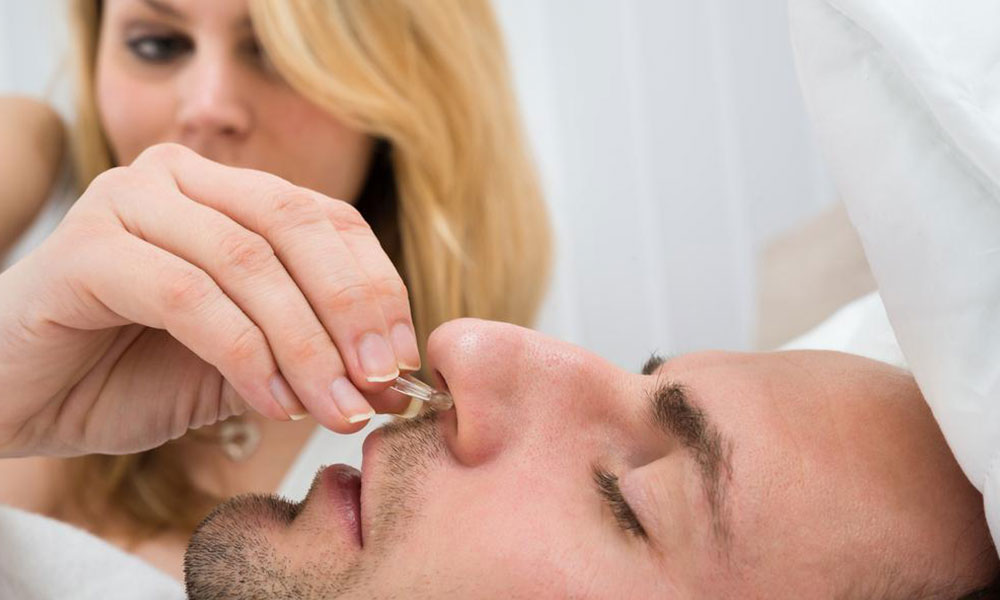5 popular types of stop snoring devices you must know about
Sleep disorders can stem from a variety of reasons that can mostly be cured by simply bringing some positive lifestyle changes. Obstructive sleep apnea, however, is a condition that cannot be treated just by incorporating routine changes. To treat the condition, many experts recommend the use of some of the best stop snoring devices.
The best stop snoring devices come in many different types. All these devices aim to alleviate breathing difficulties and snoring while you sleep.

MADs
Mandibular advancement devices or MADs are popularly used to curb snoring. These devices are designed to treat snores by holding the mouth open and moving the jaw forward while one sleeps. These devices are used over the upper jaw, lower jaw or both with the purpose of forcing them forward. Many studies prove that mandibular advancement devices are one of the best stop snoring devices that effectively treat obstructive sleep apnea, severe snoring habits, and eases breathing difficulties. The best part about this type of snoring devices is that these are portable and very user-friendly.
Tongue Stabilizing Devices
A TSD or tongue stabilizing device is another type of mouthpiece that is used to treat snoring or cure apnea. The device is made of plastic that looks like a pacifier. The device has a hole to insert the tongue in. The tongue is held forward and is stopped from falling back and obstructing the airway that decreases snores. The device is one of the best stop snoring devices in terms of ease of use, convenience, and price. This device is best suited for people with a thick mouth tissue but not for those with jaw alignment issues.
Nasal strips
One of the simplest best stop snoring devices is an adhesive bandage-like nasal strips that come with plastic splints. The strips are placed over the nose bridge and on the side of the nostrils. The nasal strips help keep the airway open and help in curbing snores.
Chin-up strips
These are placed right below the chin and helps push the jaw forward while sleeping. The device aims at keeping the airway open.
Vestibular shields
These devices look like tiny shields that keep the air that passes through the mouth in the airway. The device is effective in encouraging breathing through the nose.